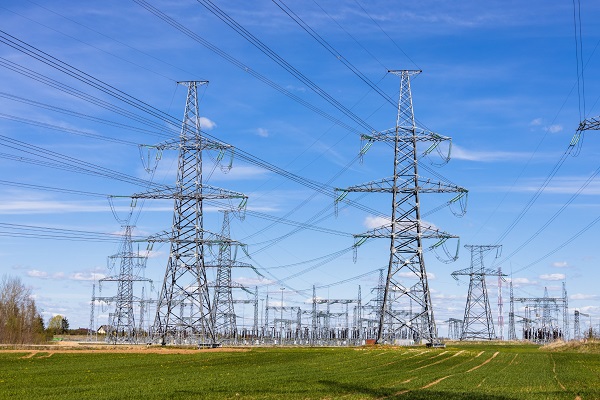As part of ongoing efforts to unlock infrastructure investments and strengthen South Africa’s energy sector, government is inviting the private sector to invest in the country’s transmission infrastructure through the Independent Transmission Projects (ITP) Programme.

Government is, for the first time, inviting private investment into expanding and strengthening the national grid.
On 31 July 2025, Minister of Electricity and Energy Dr Kgosientsho Ramokgopa officially opened the prequalification stage for the ITP Programme. The Request for Qualifications is now live on the Department of Electricity and Energy’s website, with submissions due by 9 September this year.
This is the first time that private investment will be admitted in South Africa’s transmission infrastructure, paving the way for a faster rollout of new high-voltage power lines and additional substations across the country. It will support the efforts already under way by the National Transmission Company of South Africa (NTCSA) in implementing the Transmission Development Plan, which indicates a requirement for more than 14 000 km of new lines and 105 new substations to be built through the next decade. Ramokgopa confirmed the Grid Infrastructure Investment Plan finalised by Eskom and the CSIR maps out priority zones for expansion in line with the Integrated Resource Plan. The ITP is central to this long-term strategy.
The programme is supported by Eskom and by National Treasury. Speaking at the launch of the Request for Qualifications for the ITP in Johannesburg, Deputy Minister of Finance Dr David Masondo said: “The introduction of ITPs is a key objective of Operation Vulindlela Phase II and will play an important role in the broader reform of the energy system. This includes the introduction of a competitive electricity market, which will allow multiple generators and traders to compete to provide electricity to consumers at the lowest cost and with the greatest efficiency.”
Masondo said the reform of the energy system is advancing rapidly and government is fully committed to it. The objective is to ensure long-term energy security and expand access to affordable electricity for all South Africans.
He added that National Treasury is supporting this process with a Credit Guarantee Vehicle, designed as mechanism to unlock private capital and complement public financing for infrastructure while minimising contingent liabilities.
South Africa faces a significant need for infrastructure financing, estimated at around R3.5 to R4 trillion by 2025, or around R400 billion per annum. “This calls for the scaling up of public financing for infrastructure as well as drawing in private capital through public private partnerships (PPPs). The objective of the Credit Guarantee Vehicle is to mobilise private capital to address South Africa’s infrastructure financing gap by mitigating offtake risk for private investors,” Masondo said.
“The vehicle will also support the efficient deployment of development partner funding under the Just Energy Transition Partnership (JETP) and the achievement of the country’s decarbonisation commitments,” he said.
Although the initial focus will be on enabling investments in transmission infrastructure, it is anticipated that the Credit Guarantee Vehicle will be expanded into other areas such as logistics and water, over time.
Masondo said: “The vehicle will be incorporated as a private company in South Africa, regulated by the Prudential Authority. It will operate as a standalone entity with an independent balance sheet and will target a minimum credit rating of AAA.” He added that a professional executive management team and board of directors with relevant experience and expertise is to be appointed to operate and manage the fund.
The Credit Guarantee Vehicle will issue a combination of payment and termination guarantees to a Special Purpose Vehicle established for the project. This will substantially derisk early investments in ITPs until the model is proven and established.
“We are targeting an initial capital raise of US$500 million from a range of development partners. National Treasury has committed to providing first loss capital of 20%, which will be an initial US$100 million increasing to US$500 million (R9 billion) if needed.
“In February 2025, the Minister of Finance, Enoch Godongwana, wrote to selected development partners inviting them to submit an expression of interest to invest in the vehicle. The responses received have been overwhelmingly positive,” Masondo said. “More than 32 development partners have been engaged thus far.”
Formal engagements with participating partners are continuing and will lead to the delivery of conditional equity participation commitment letters in the third quarter of 2025.
This will enable the Credit Guarantee Vehicle to be operationalised by July 2026 to align with the first phase of ITP projects.
“South Africa’s ITP programme, backed by credit guarantees, represents a globally innovative model which has been designed with our own context and needs in mind. It is expected to attract substantial new investment in infrastructure and it will enable thousands of megawatts of new renewable energy capacity to be connected in areas where grid capacity is currently limited. This, in turn, will support the country’s economic growth, facilitate the creation of jobs, and power our economy into the future,” Masondo said.
For more information visit: www.sanews.gov.za